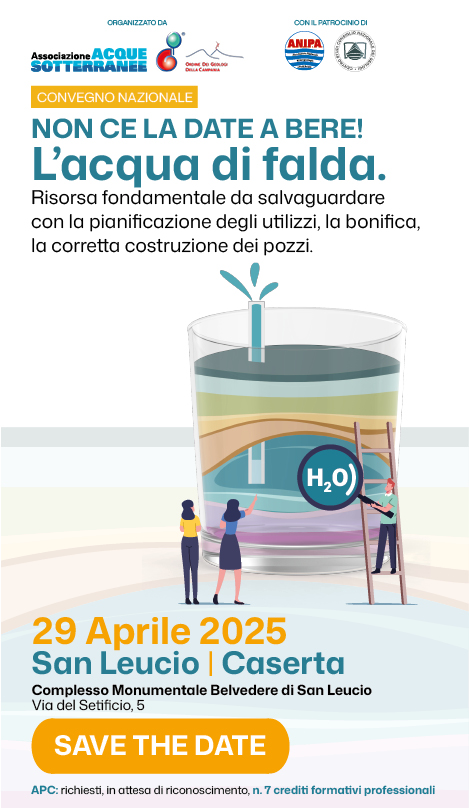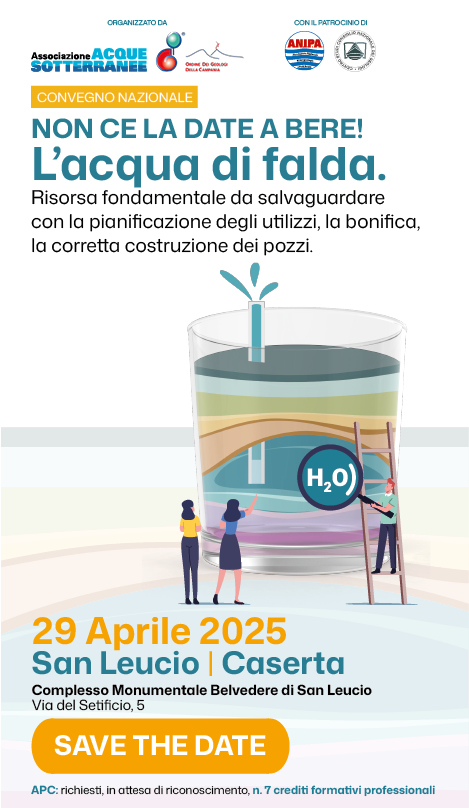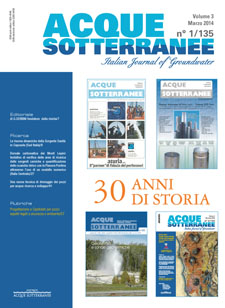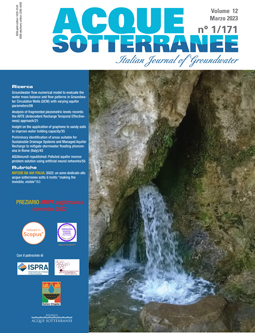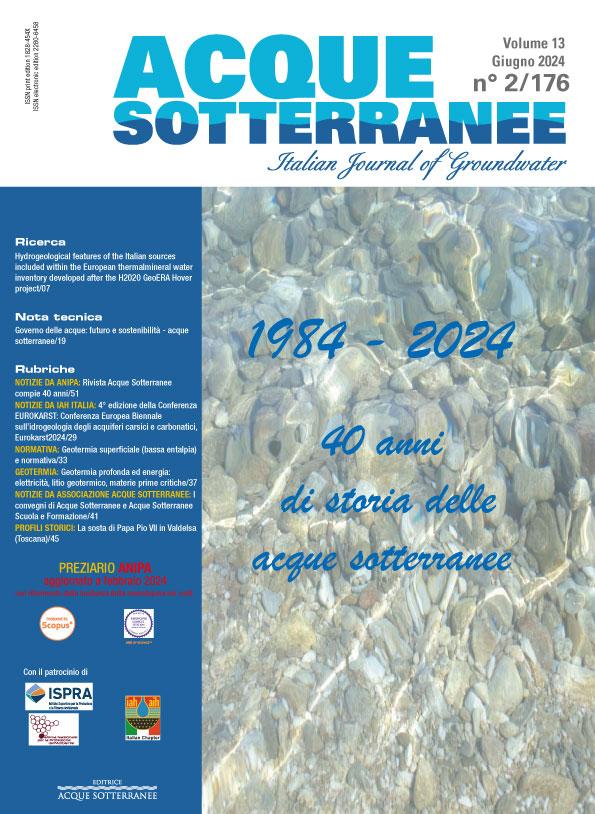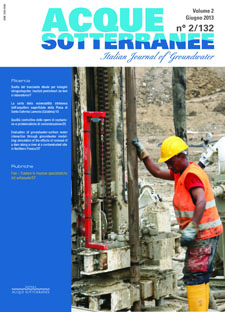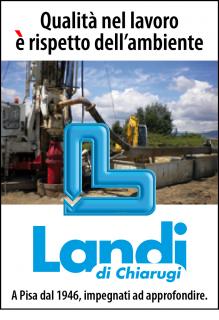Structural control of the subsidence faults alignment in Irapuato Mexico
The study area, Irapuato City, is located in the upper limits of the Transmexican Volcanic Belt, TVB, Central Mexico, where volcanic rock is predominant. Subsidence is affecting Irapuato urban area. Subsidence is affecting Irapuato urban area, evidenced by terrain fractures and subsidence faults and is associated to the intense abstraction regime of more than 1600 active wells, from which only 85 are controlled by municipal water authorities. There are not active tectonic faults in the area. Fifteen fault systems have been detected in Irapuato with a total length of 25 km. Subsidence velocity is 1.4 – 2.5 cm per year. Accumulated vertical displacements in 10 years ranges from 2.05-2.15 m. Faults were geo-referenced using a GPS total station, fault preferential orientation is North-East and all data were incorporated into a Geographic Information System (GIS). There is a structural control on fine material deposition and geometry and consequently in fault orientation. Fault orientation and distribution is controlled by the geometry of plastic sediments deposition mainly lacustrine and fluvial clay and lime. Shallow lacustrine sediments associated to a former lake defined two of the main fault systems. Subsidence faults were correlated with abstraction regime, the greatest urban supply volumes are extracted in the middle of the two main fault systems. Agricultural wells are located inside the urban area, its abstraction also contributed to subsidence displacements.

